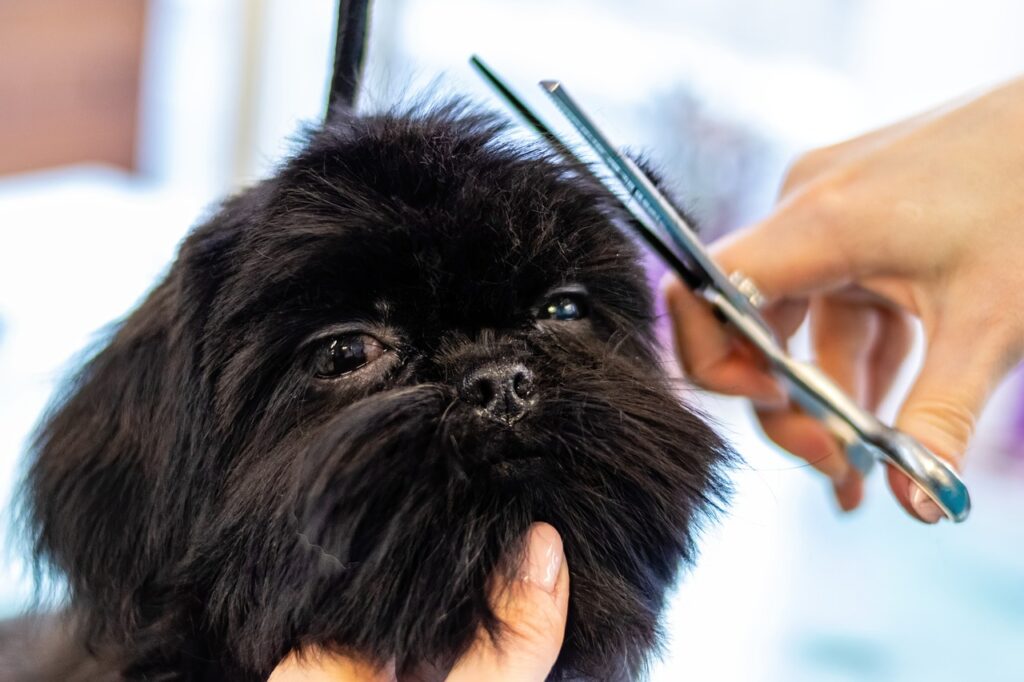Grooming your beloved furry friend not only keeps them looking their best but also contributes to their overall health and well-being. While regular visits to a professional dog groomer are essential, mastering the art of DIY dog grooming can save you time and money. In this article, we will provide you with expert tips and techniques to help you become a pro at grooming your dog at home.
I. Why DIY Dog Grooming is Essential
– Cost-effective solution for pet owners
– Builds a stronger bond between you and your furry companion
– Helps maintain your dog’s hygiene and health
– Reduces stress and anxiety for dogs who dislike visiting groomers
II. Essential Tools for DIY Dog Grooming
– High-quality dog brush or comb suitable for your dog’s coat type
– Dog-friendly shampoo and conditioner
– Nail clippers or grinder
– Ear cleaning solution and cotton balls
– Dog toothbrush and toothpaste
– Clippers or shears for trimming fur
– Towels and a non-slip mat for the grooming area
III. Preparing Your Dog for Grooming
1. Create a calm and comfortable environment: Choose a quiet area with good lighting and minimal distractions.
2. Introduce grooming gradually: Start by getting your dog familiar with the grooming tools and process by offering treats and praise.
3. Brushing: Regular brushing removes loose hair, prevents matting, and stimulates the skin. Use gentle strokes, especially on sensitive areas.
IV. Bathing Your Dog
1. Choosing the right shampoo: Select a dog-specific shampoo that suits your dog’s skin and coat type. Avoid using human shampoos as they can be harsh and irritate your dog’s skin.
2. Preparing for the bath: Brush your dog’s coat thoroughly to remove any tangles or mats. Place a non-slip mat in the bathtub to ensure your dog feels secure.
3. Bathing techniques: Wet your dog’s coat thoroughly and apply shampoo, lathering gently. Rinse the shampoo thoroughly to prevent any residue. Use conditioner if needed, and rinse again.
4. Drying: Towel dry your dog, then use a hairdryer on a low setting if your dog is comfortable. Avoid using a high heat setting to prevent skin burns.
V. Nail Trimming
1. Familiarize your dog with the clippers or grinder: Let your dog sniff and investigate the tools before proceeding.
2. Use proper techniques: Hold your dog’s paw gently but firmly, and trim a small amount of the nail at a time. Be cautious of the quick, which is a sensitive area with blood vessels.
3. If using a grinder: Gradually introduce the sound and vibration to your dog. Start by grinding a small portion of the nail at a time.
VI. Ear Cleaning
1. Gathering the supplies: Prepare cotton balls or gauze and a dog-specific ear cleaning solution.
2. Gently clean the outer ear: Apply a small amount of the cleaning solution to a cotton ball and wipe the visible part of the ear, avoiding the ear canal.
3. Cleaning the ear canal: Use a fresh cotton ball with the cleaning solution and gently wipe the inside of the ear flap. Avoid inserting anything into the ear canal.
VII. Brushing Teeth
1. Introduce your dog to toothbrushing: Start by letting your dog taste the toothpaste and gradually introduce the toothbrush.
2. Use dog-specific toothpaste: Human toothpaste contains ingredients that can be harmful to dogs. Choose a toothpaste specially formulated for dogs.
3. Brushing technique: Gently brush your dog’s teeth in a circular motion, focusing on the gum line. Start with short sessions and gradually increase the duration.
FAQs:
Q1: How often should I groom my dog?
A1: The frequency of grooming depends on your dog’s breed, coat type, and activity level. Most dogs benefit from weekly brushing and monthly baths.
Q2: Can I use my own shampoo on my dog?
A2: It is recommended to use dog-specific shampoos as they are formulated to suit their skin pH levels and coat requirements.
Q3: How do I prevent my dog from getting anxious during grooming?
A3: Gradually introduce grooming tools and procedures, using positive reinforcement and treats. Make grooming a positive experience for your dog.
Q4: Is it safe to use a hairdryer on my dog?
A4: While using a hairdryer, ensure that it is on a low heat setting and held at a safe distance from your dog’s skin to prevent burns.
Q5: Should I trim my dog’s nails if they are dark-colored?
A5: Trimming dark-colored nails can be a bit more challenging, as you cannot clearly see the quick. Trim small amounts at a time and consult a professional if unsure.
Conclusion:
Mastering the art of DIY dog grooming is a fantastic skill that benefits both you and your furry friend. Regular grooming sessions not only keep your dog looking fabulous but also contribute to their overall health and happiness. By following expert tips and using the right tools and techniques, you can provide your dog with a stress-free grooming experience at home. Remember to be patient, use positive reinforcement, and seek professional help if necessary. Happy grooming!

